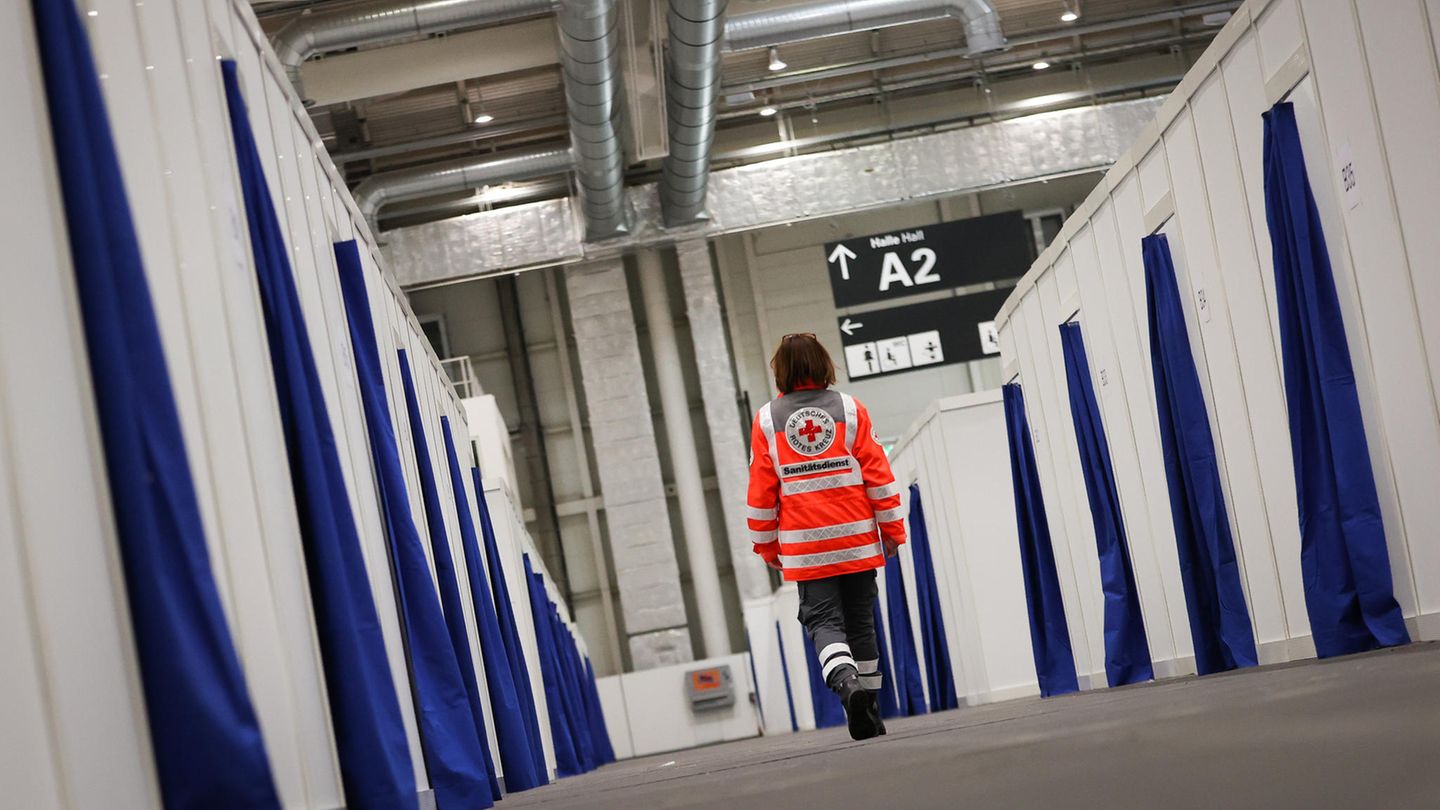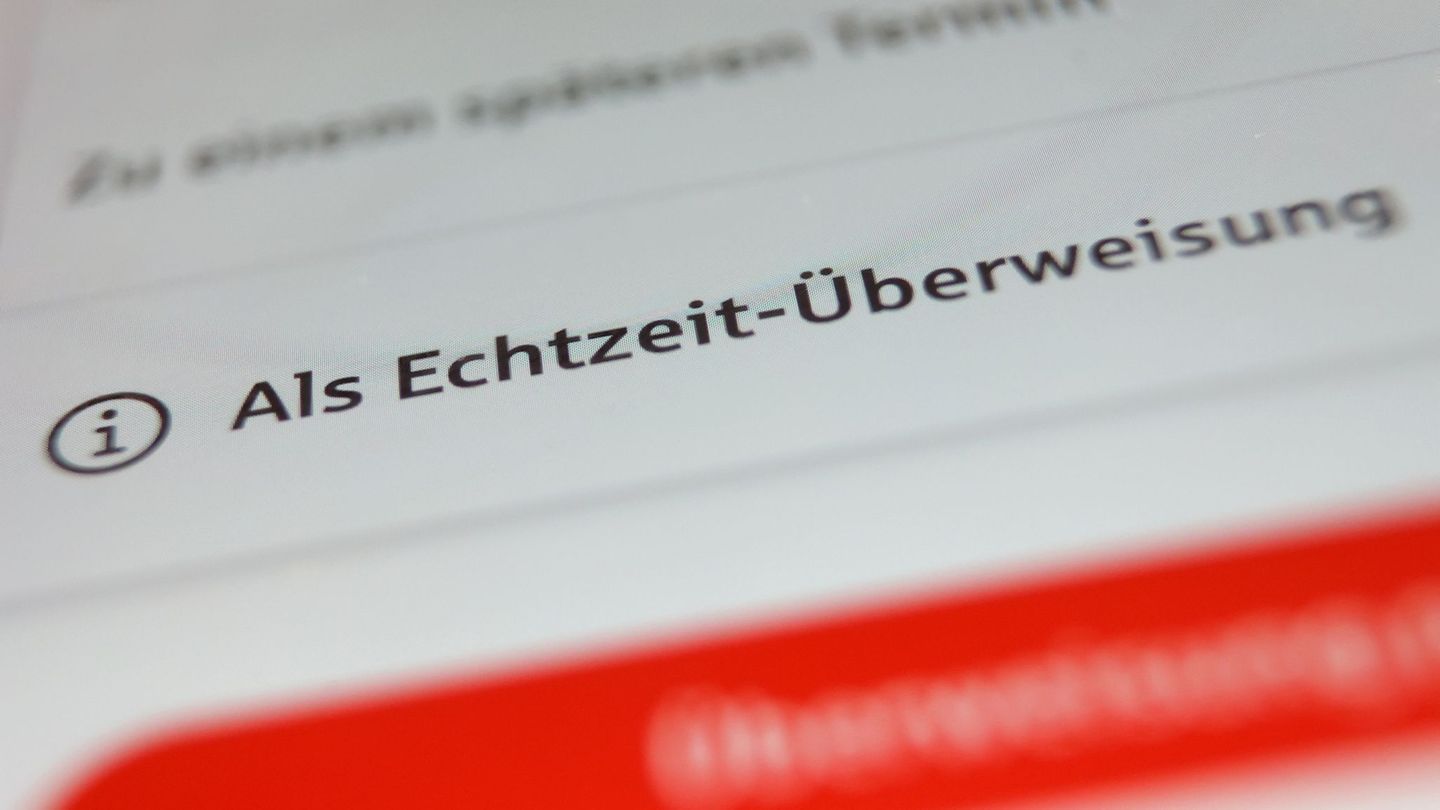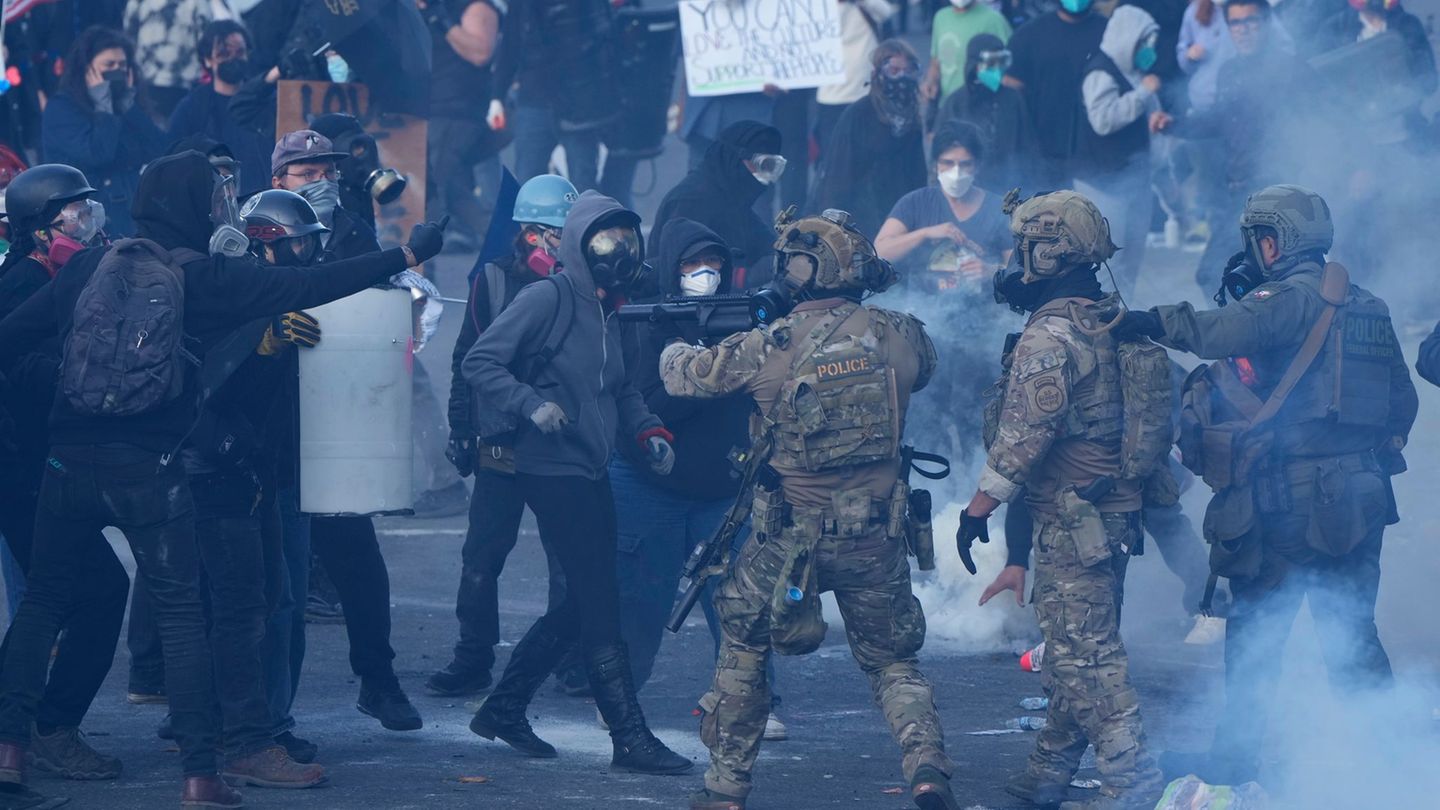Refugee Ukrainians are welcomed by friendly helpers at Hamburg Central Station. But instead of bringing people to the neighboring exhibition halls, they first have to go to the outskirts. And wait there. A site visit.
“Come in, warm up, eat soup, drink tea.” How to welcome Ukrainian refugees. But at Hamburg’s initial reception center in the Rahlstedt district, they say: “Get in line!” And: “Passport?” There is a huge hall on the premises of the reception center and there is also a large gate to the yard that could easily be opened. But the people who want to enter the warm hall have to wait outside, sometimes for hours.
The children cry because they are cold
Control comes before help. A building has been set up to carry out the obligatory corona tests. But the refugees have to get there first. So they stand in a long queue in front of the gate, children, mothers, old people. The children are crying. Because they’re cold.
More than a million Ukrainians have already fled the rockets the Russians are firing at their country. The UNHCR refugee agency is preparing for up to four million refugees. Not everyone wants to stay in neighboring countries like Poland, Romania or Moldova. Some are also drawn to Germany. According to the Federal Ministry of the Interior, the Federal Police counts more than 80,000 war refugees from Ukraine.
There is no lack of willingness to help, nor of donations in kind. Deutsche Bahn transports Ukrainians free of charge. Many cities and communities are reactivating their infrastructure from 2015, when people from Syria and Iraq came to Germany. In many places, Germans want to take in war refugees privately, and a number of collective accommodations are also being set up. In Schwerin, for example, most of the Ukrainian women and children are accommodated in a youth hostel. As in Hamburg, Hanover also provides a trade fair hall for those seeking protection.
In buses to Rahlstedt, far away
Every day, committed helpers in yellow vests, organized by the Arbeiter-Samariter-Bund (Workers’ Samaritan Association), welcome refugees who are getting off the trains at the main train station in the Hanseatic city. They face each other and give orientation to those arriving. But as soon as the authority takes over, it’s over for the time being. Because the helpers are required to put the people on buses that take them to the initial reception center in Rahlstedt, 15 kilometers away.
In front of the congress center in the Hanseatic city, in the middle of the city, where the G20 summit took place in 2017, the men from the security service were freezing alone at the barrier to the site for a long time at the beginning of the week. Only gradually did the refugees trickle in. Not everyone has to go to Rahlstedt, far away, to register. Those who are staying privately are asked to go to Hammer Straße in Wandsbek. Only six kilometers from the exhibition halls and much better connected to the S-Bahn and U-Bahn.
The queues are not getting shorter
In two of the exhibition halls, boxes have been set up by the German Red Cross, 8 by 8 meters, each with two bunk beds and a locker. A bit of privacy in a small room, but without a ceiling. But with neighbors who share the fate. Before they could set up their quarters here, they had to wait in the cold for hours without eating or drinking. In the meantime, the Red Cross has reported that all places are occupied, the capacity of 950 places has been exhausted, according to Markus Kaminski. “More is not possible.”.
Source: Stern
David William is a talented author who has made a name for himself in the world of writing. He is a professional author who writes on a wide range of topics, from general interest to opinion news. David is currently working as a writer at 24 hours worlds where he brings his unique perspective and in-depth research to his articles, making them both informative and engaging.




